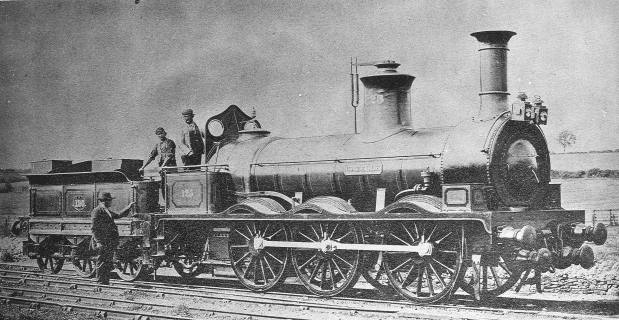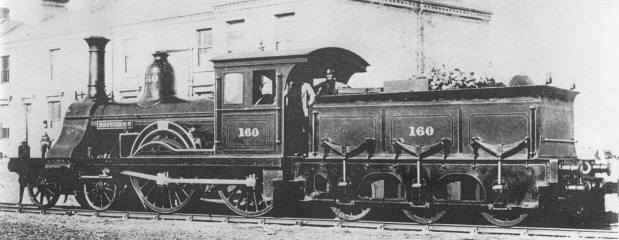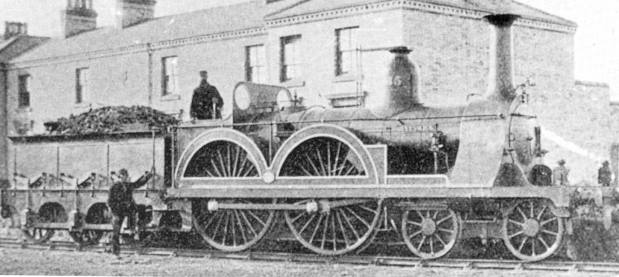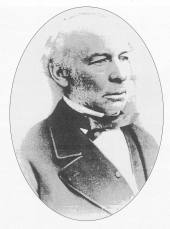



William was the eldest of the three Bouch brothers, born at Thursby in Cumberland in 1813. At the age of 15 he was apprenticed to Robert Stephenson at the Forth Street Works in Newcastle.
In 1833 he was sent to Russia to supervise the installation of the first steam engine into a warship of the Black Sea Fleet and to train Russian engineers and technicians. He spent six years in the country, being eventually appointed Chief Engineer of the Black Sea Fleet and receiving a medal from Czar Alexander II
On his return to the UK he seems to have intended to go into active partnership with two friends from his apprentice days in Newcastle - John Cowans and Edward Sheldon. In time this business flourished as Cowans-Sheldon, suppliers of railway equipment and well known for items such as breakdown cranes and turntables, but not with Bouch as an active partner. He was offered a job at Timothy Hackworth's new Soho Works at Shildon and was quickly promoted in 1841 to be the Locomotive Superintendent of the Stockton and Darlington Railway.
In 1849 William Bouch negotiated a deal with Oswald and Edgar Gilkes to set up a new locomotive works at Shildon, but by 1854 it was clear that the site was too small for requirements to build new engines. By 1857 the Stockton and Darlington had decided to build a large new locomotive works near North Road station at Darlington. Bouch was given responsibility for the project and the North Road works were opened in1863.
In July 1863 a merger took place between the North Eastern Railway - a company formed in 1854 by the merger of the three railways responsible for the operation of the trunk lines from Yorkshire to the Scottish Border - and the Stockton and Darlington. However a separate committee was to manage the operational affairs of the former S&D system for ten years. This ensured that the influence of Bouch continued to be important right up until his retirement. In 1875 he was responsible for organising the Fiftieth Jubilee celebrations of the Stockton and Darlington, and later that year he retired to Weymouth where he died the following year.